
The Ball: Analysis This poem can be interpreted both literally and metaphorically. If taken literally, it is a soulful picture of a little boy growing up and learning to deal with the loss of the first thing he has ever held dear. If taken metaphorically, it is the story of mankind learning to deal with… Continue reading The Ball: Analysis, Central Idea, and Theme: 2022

About the poet: John Berryman was born John Smith in McAlester, Oklahoma, on 25th October 1914. He taught at many American universities, ending at the University of Minnesota. In his writing, Berryman was influenced by Yeats, Auden, Hopkins, Hart Crane and Ezra Pound. In his early work like Poems (1942) and The Dispossessed (1948), he displayed great technical control in poems that… Continue reading Summary of The Ball Poem by John Berryman: 2022
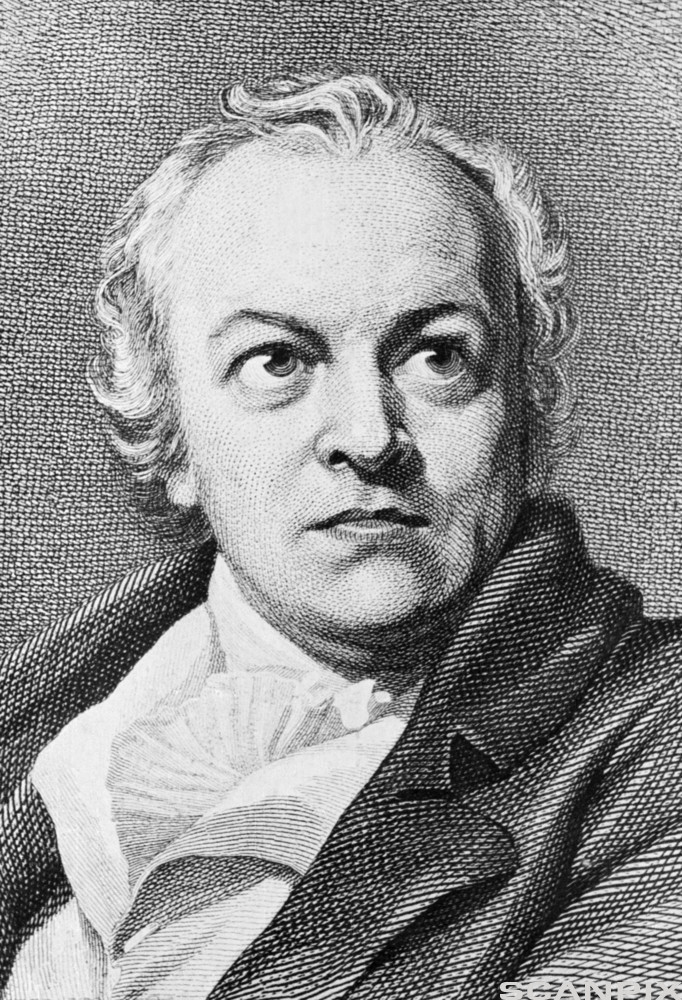
The Echoing Green: Analysis This poem can be interpreted in many ways. The first interpretation relies on the fact that this poem was included in Blake’s poetry collection known as The Songs of Innocence. Hence it should not surprise us that the green is a metaphor for innocence. Children play here in the lap of… Continue reading The Echoing Green: Analysis: 2022
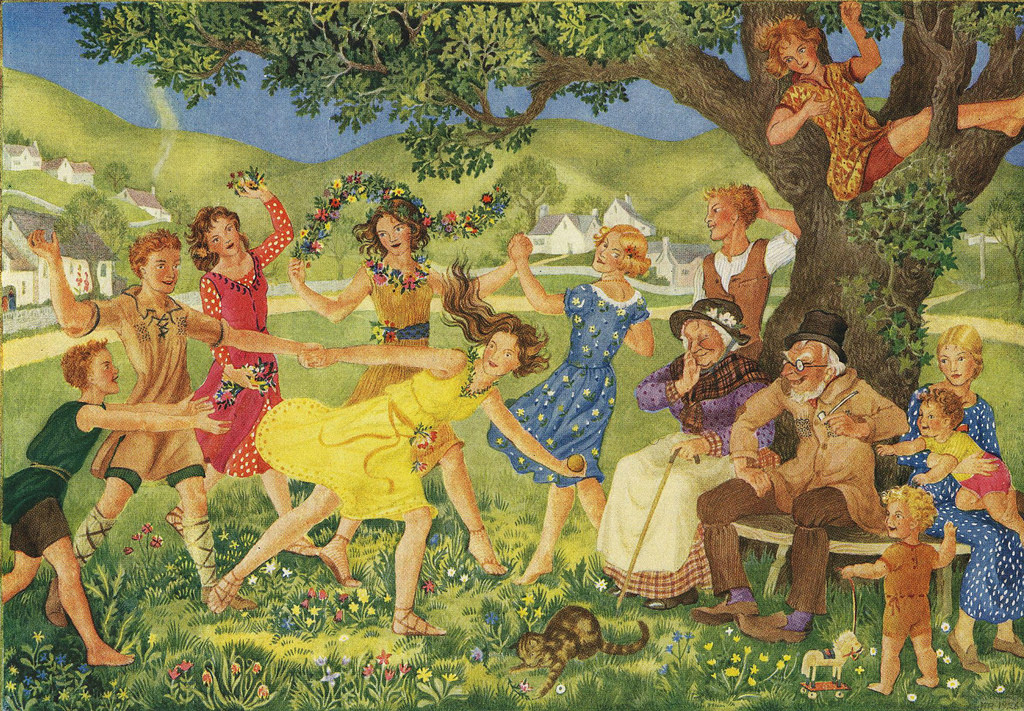
“The Echoing Green” (also spelled as “The Echoing Green” in Blake’s original manuscript) by William Blake was published in 1789 as part of his celebrated collection of poetry entitled Songs of Innocence. The Songs of Experience was published in 1794 as a follow-up to Songs of Innocence. The two books were then published together under the merged… Continue reading The Echoing Green: Summary: 2022
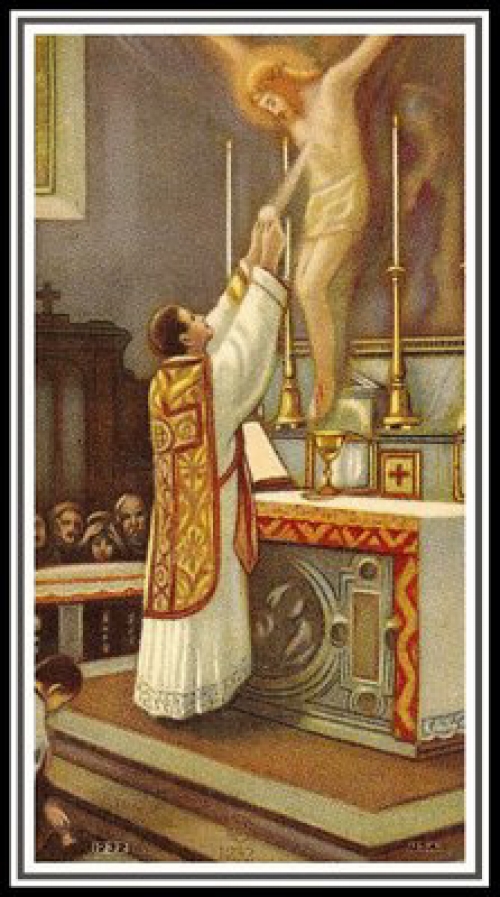
Critical Analysis of The Ballad of Father Gilligan: As the title of this poem suggests, it is a ballad. It tells a simple story that could have had its origin in folktales and legends. It also uses a rather uncomplicated rhyme scheme. Most importantly, it uses the story to teach its readers a pleasant lesson.… Continue reading Analysis, Central Idea and Theme of The Ballad of Father Gilligan: 2022
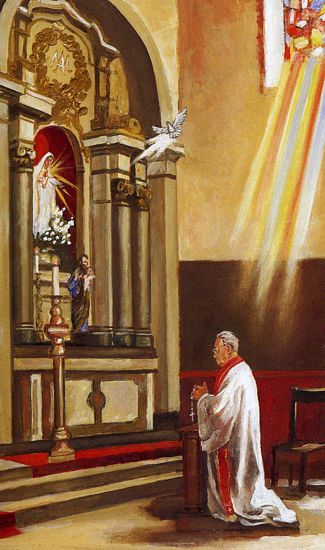
The publication details of this poem are unknown. However, what we do know for sure is that it is one of the typically Yeatsian poems. It does not refer to his system of symbols at all. Neither does it hark back to the Irish past. No revolutionary thoughts have gone into this poem. It is… Continue reading The Ballad of Father Gilligan: Summary: 2022
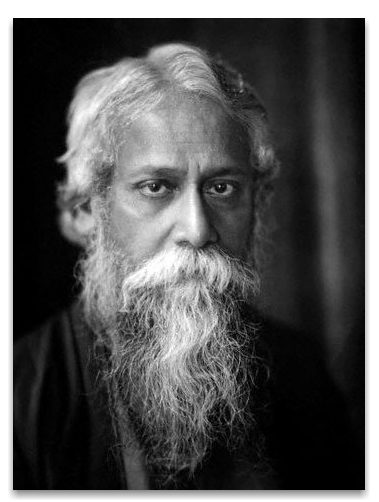
This poem is Tagore’s way of protesting against organized religion. He feels that organized religion teaches its believers false methods of worship, such as chanting mantras, singing hymns, counting beads, offering flowers, and lighting incense. If we read through this list of false methods of worship, we will see that Tagore’s attack is aimed specifically… Continue reading Open thine Eyes and See thy God: Analysis: 2022
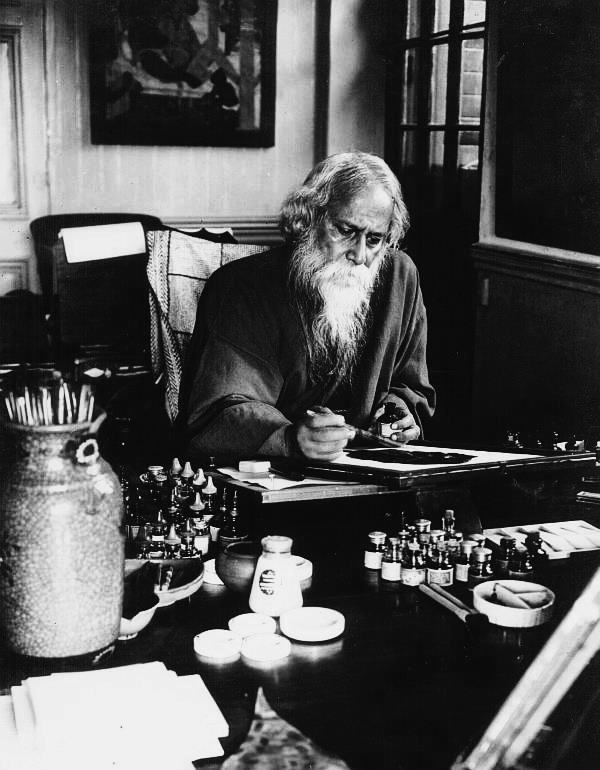
“Open thine Eyes and See thy God” appears as Verse 11 in the English translation of the Gitanjali by Rabindranath Tagore.The original Bengali collection entitled Gitanjali contained 157 poems and was published on 14th August 1910. The English Gitanjali or Song Offerings is a collection of 103 English poems – Tagore’s own English translations of his Bengali poems – first published in November 1912… Continue reading Open thine Eyes and See thy God: Summary: 2022

Critical Analysis of No Men are Foreign: This poem is an ardent appeal on the poet’s part to rid our hearts of xenophobia and embrace the unity of man as a whole. The poet says that wars are fought against those whom we believe are different from ourselves. Most of the time this difference is… Continue reading Analysis, Central Idea and Theme of No Men are Foreign: 2022
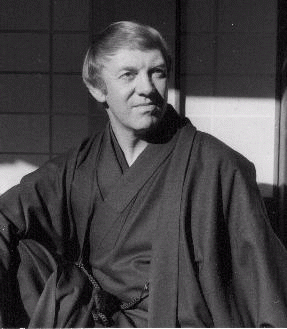
About the poet: James Falconer Kirkup (England, 23 April 1918 – Andorra, 10 May 2009) was a prolific English poet, translator and travel writer. He was born on 23rd April 1918. At the beginning of his career, he taught at The Downs School in Colwall, Malvern, where W.H. Auden had earlier been a master. He… Continue reading Summary of No Men are Foreign by James Kirkup: 2022





